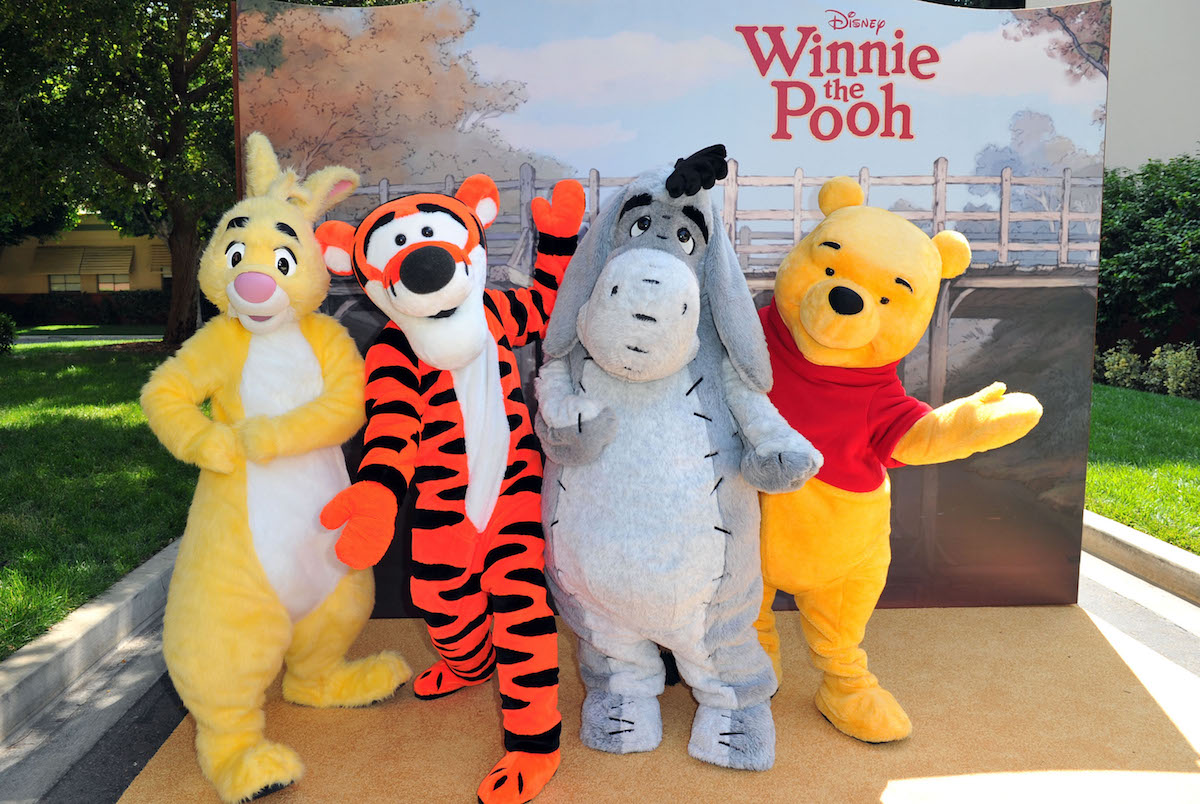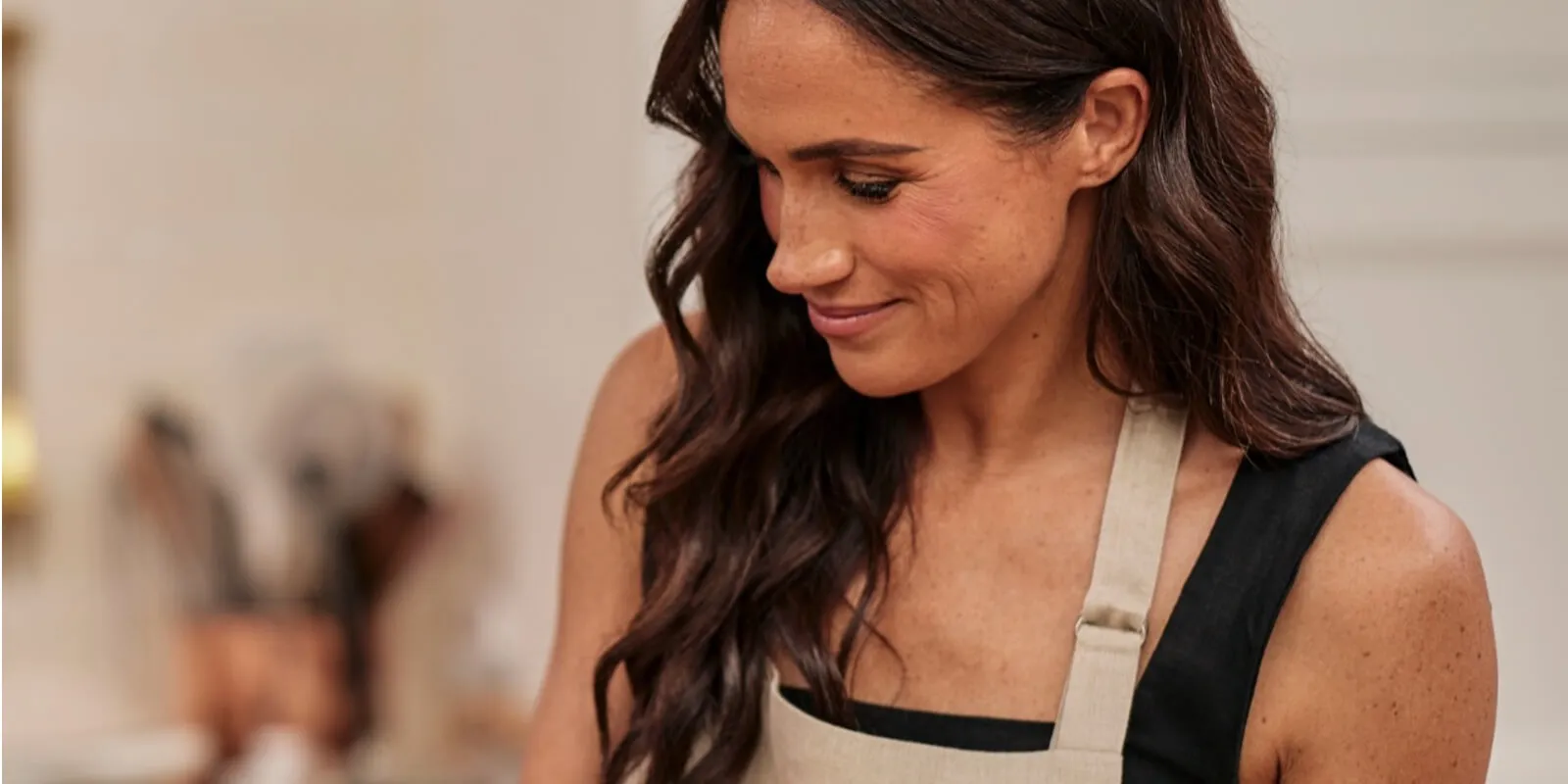‘Winnie the Pooh’: Are All the Characters Symbolic of Mental Health Disorders?
The Winnie the Pooh franchise has been entertaining children and families for generations. From the classic books, that were first published in the 1920s, to the beloved animated series launched by Disney in the 1960s, Pooh and his furry friends are comforting, friendly, and appropriate for young children everywhere.
Still, there is a dark theory about the franchise, one that has been making the rounds on the internet in months of late. And if this theory is true, it could make Winnie the Pooh fans look at the series in a whole new way.
The ‘Winnie the Pooh’ TV series is a staple in children’s programming

A.A. Milne, a well-respected English writer, first started publishing his Winnie-the-Pooh books in the 1920s. Set in the fictional “Hundred Acre Wood,” Pooh and his coterie of friends, including Eeyore, Tigger, and Rabbit, experienced adventures with their best friend, a young boy named Christopher Robin.
For years, the books were staples in children’s book collections — and in the early sixties, Walt Disney garnered the rights to make movies and TV shows about the crew of cuddly creatures.
In 1966, the short film, Winnie the Pooh and the Honey Tree, was released, ushering in a new era of entertainment. Although the lead character’s name was un-hyphenated, in tone and treatment, everything else was identical to the fictional world created by A. A. Milne so many years ago.
From animated television shows to major motion pictures, including a recent live-action release titled Christopher Robin, starring Ewan McGregor, Winnie the Pooh has remained one of Disney’s most bankable franchises.
Many children identify with the characters in ‘Winnie the Pooh’
While the mild-mannered Pooh is the main character in the franchise, there are a host of other entertaining characters for children to love and cherish. Tigger, the bouncy tiger with a penchant for trouble, is one of the most beloved friends, while shy, sensitive Piglet is Pooh’s best friend, always down to accompany him on an adventure or share some honey.
Rabbit is excitable and easily irritated, while Eeyore seems to live in a veritable dark cloud, requiring a lot of cheering up on a daily basis. Owl often looks down on the crew’s adventures with respectable disdain, while Christopher Robin, the animals’ human best friend, pops in from time to time to visit and spend quality time with the “silly old bear” and associates.
Are the characters in ‘Winnie the Pooh’ meant to represent mental health disorders?
Over the nearly one hundred years since the Winnie the Pooh stories first started circulating in pop culture, there have been a number of theories that have sprung up. One rather alarming theory, that has been posed by fans as well as some medical professionals, was broken down in a 2016 report.
The theory states that Christopher Robin might be schizophrenic and that the animal friends that he surrounds himself with are “manifestations of his fractured mind and possible mental health disorders.”
The theory goes on to describe how each animal character represents a specific disorder, with Winnie the Pooh suffering from Inattentivity, a form of ADHD. Tigger, the hyperactive tiger, has classic ADHD, according to the theory, while Piglet displays both social and clinical anxiety. Rabbit is said to have OCD, while Eeyore, the overly exhausted donkey, would suffer from acute depression if the theory is correct.
Obviously, the original author of the stories is no longer around to confirm or deny this theory, so for now, the theory must remain pure speculation. That said, the case could be made that if this is by design, it was a great way to normalize common conditions to children through content.


